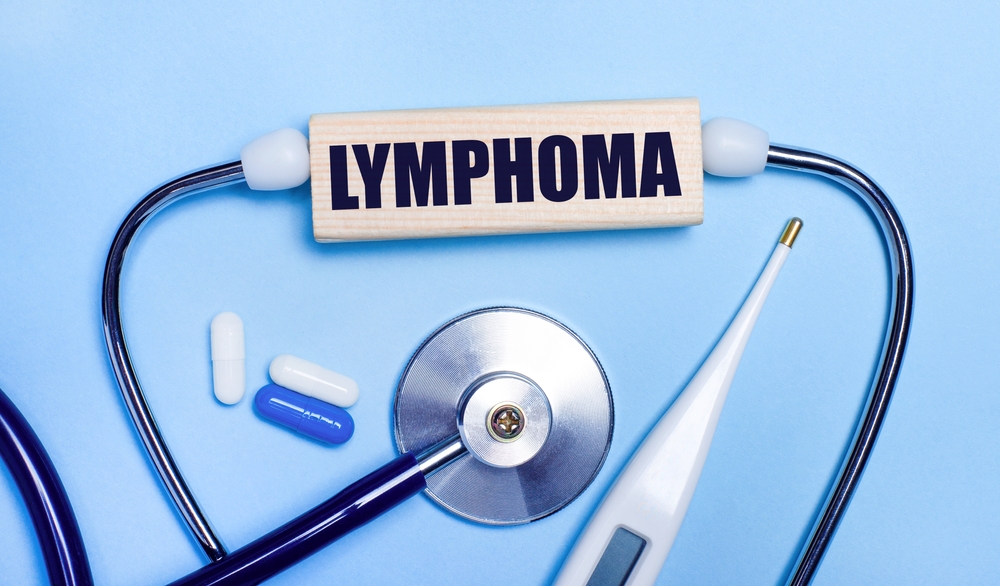
Lymphoma: Know its Risk Factors and Prevention
What is lymphoma?
Lymphoma begins in the lymphatic system, which includes lymph nodes, spleen, thymus gland, and bone marrow. There are two main categories:
- Hodgkin Lymphoma (HL): Characterized by the presence of Reed-Sternberg cells.
- Non-Hodgkin Lymphoma (NHL): A broad category that includes many different subtypes.
Risk Factors for Lymphoma
While the exact cause of lymphoma remains unclear, several factors have been associated with an increased risk of developing the disease. It’s important to note that having a risk factor does not mean a person will get lymphoma — it simply means their chances may be higher than average.
1. Age and Gender
- Hodgkin Lymphoma is more common in people between 15 and 40 and those over 55.
- Non-Hodgkin Lymphoma tends to occur more frequently in older adults, typically over the age of 60.
- Men are generally at a slightly higher risk than women, particularly for NHL.
2. Weakened Immune System
Individuals with weakened immune systems are more prone to developing lymphoma. This includes:
- People with HIV/AIDS or those undergoing organ transplants and taking immunosuppressant drugs.
- Those with inherited immune deficiencies.
- Patients on long-term immunosuppressive therapy.
3. Infections
Some viral and bacterial infections have been linked to lymphoma development:
- Epstein-Barr virus (EBV): Known for causing mononucleosis, it is associated with Hodgkin lymphoma and certain types of NHL.
- Human T-cell leukemia/lymphotropic virus (HTLV-1): Linked to T-cell lymphomas.
- Helicobacter pylori (H. pylori): A bacterium linked to gastric MALT lymphoma.
- Hepatitis C virus (HCV): Associated with some types of NHL.
4. Autoimmune Diseases
Autoimmune conditions such as rheumatoid arthritis, lupus, and Sjögren’s syndrome can increase the risk of lymphoma, especially when treated with immune-modulating drugs.
5. Radiation and Chemical Exposure
- Individuals who have received radiation therapy for other cancers may face a slightly increased risk.
- Exposure to pesticides, herbicides, benzene, and certain industrial chemicals has been loosely linked to NHL, though evidence is not always conclusive.
6. Family History
Having a close relative with lymphoma may slightly elevate one’s risk, though lymphoma is not considered strongly hereditary. However, shared environmental exposures or immune conditions within families might play a role.
7. Obesity
Being obese may slightly increase the risk of developing some forms of non-Hodgkin lymphoma, and prolonged inflammation related to obesity could contribute to cancer development.
Effective Prevention Strategies
1. Strengthen the Immune System
Maintaining a strong immune system can help reduce susceptibility to infections and certain immune-related conditions that are linked to lymphoma. Some practical steps include:
- Eat a balanced diet rich in antioxidants and immune-boosting nutrients.
- Getting adequate sleep and managing stress.
- Avoiding overuse of antibiotics and steroids unless medically necessary.
2. Avoid High-Risk Infections
Some infections associated with lymphoma are preventable. Here’s how:
- Practice safe sex and avoid sharing needles to reduce the risk of HIV.
- Get vaccinated against hepatitis B, and possibly hepatitis C when vaccines are available.
- Treat bacterial infections like H. pylori promptly to avoid complications that may lead to MALT lymphoma.
3. Limit Chemical Exposure
While more research is needed to confirm the link, it’s wise to limit exposure to potentially harmful substances:
- Wear protective gear when handling pesticides, herbicides, or solvents.
- Avoid unnecessary exposure to industrial chemicals or ionizing radiation.
- Use organic produce when possible and reduce use of chemical-based household cleaners.
4. Maintain a Healthy Weight
Being overweight is associated with inflammation and hormonal imbalances that may increase cancer risk. Maintaining a healthy weight through diet and exercise may lower your risk for many cancers, including lymphoma.
5. Treat Chronic Conditions Properly
Autoimmune diseases and certain infections, when left uncontrolled, can lead to chronic immune system activation. Regular check-ups and effective disease management can help reduce this risk.
6. Know Your Family History
If lymphoma or immune disorders run in your family, it’s important to share this information with your doctor.
FAQ’s
1. What is lymphoma?
Lymphoma is a cancer of the lymphatic system, which is a key part of your body’s immune defense. It starts when infection-fighting cells called lymphocytes grow out of control. At Omega Hospitals, we ensure you understand your diagnosis clearly from day one.
2. What’s the difference between Hodgkin and Non-Hodgkin lymphoma?
There are two main types. Our pathologists at Omega Hospitals identify the specific cancer cell type from a biopsy to distinguish between Hodgkin and Non-Hodgkin lymphoma.
3. What are the main symptoms?
The most common sign is a painless lump in the neck, armpit, or groin. Also, be aware of:
- Persistent fevers
- Drenching night sweats
- Unexplained weight loss
- Constant fatigue
4. How is lymphoma diagnosed and treated at Omega Hospitals?
We use a precise approach. A biopsy confirms the diagnosis, and advanced PET-CT scans determine its stage. Our multidisciplinary tumour board then designs your personalised treatment plan, using powerful tools like chemotherapy, radiation, and cutting-edge immunotherapy for the best outcome.
5. Is lymphoma curable?
Yes, absolutely. Many types of lymphoma are highly treatable and often curable with modern medicine. At Omega Hospitals, we combine advanced technology with personalised care to provide the best possible prognosis and guide you on your path to recovery.


